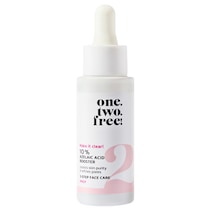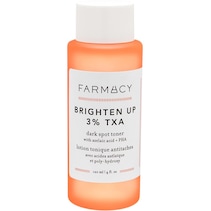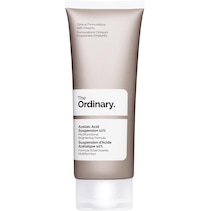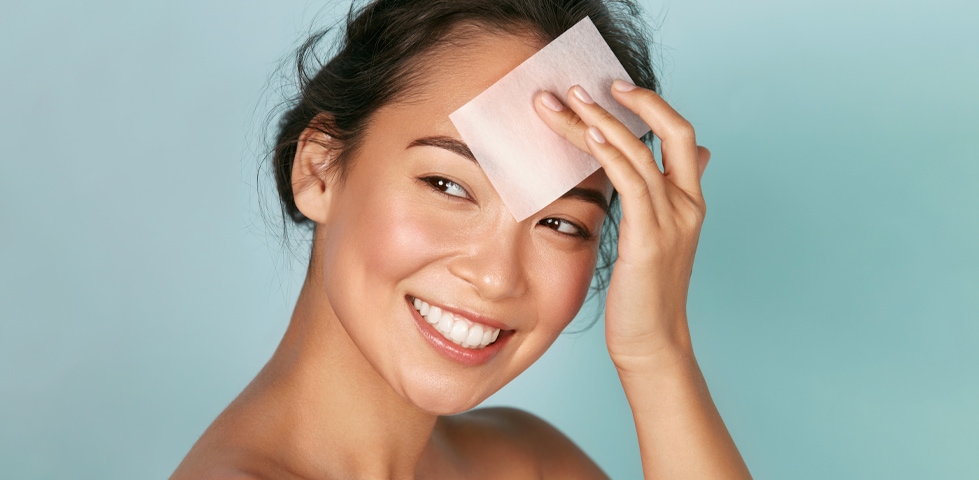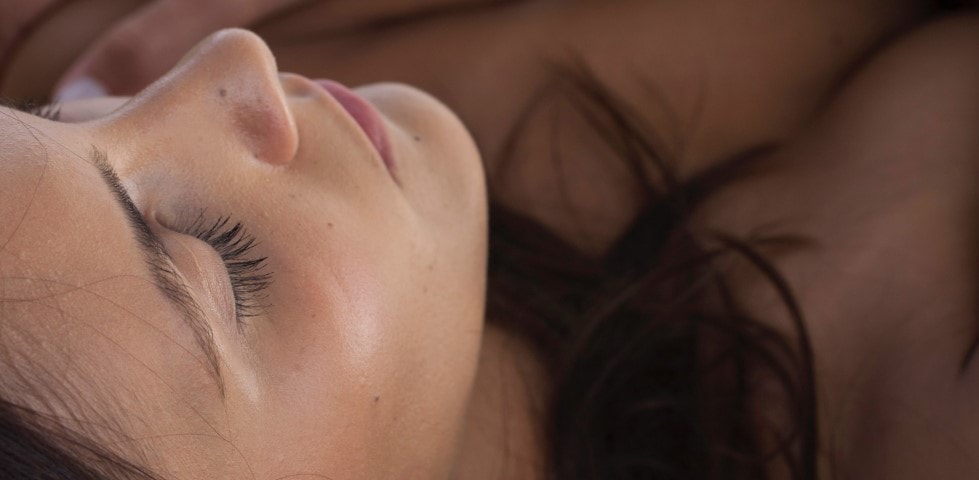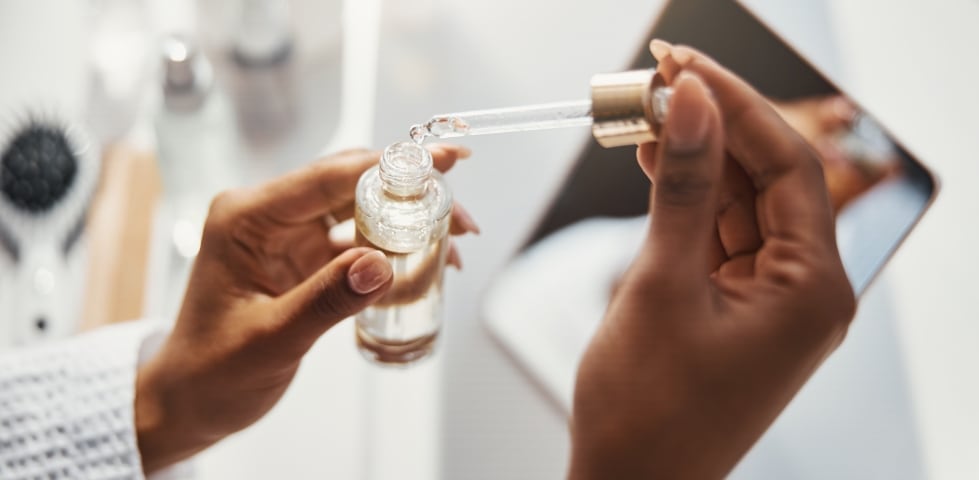
Azelaic acid – how the active agent used in medicine is conquering the world of cosmetics
Originally a purely medical product, azelaic acid has now moved into the world of cosmetics. As an all-rounder in any beauty routine, it tackles many skin problems and has numerous benefits. Battling with inflammation, redness or impurities? Azelaic acid could be the missing piece of the puzzle in your daily skincare routine. You’ll find out what exactly is behind this beauty wonder weapon and what you need to know about it in this article.
19 February 2024 • 3 min. reading time
Table of contents
Products with azelaic acid
Products with azelaic acid
What is azelaic acid?
Azelaic acid is a natural component of grass and cereals. From a chemical standpoint, it is a dicarboxylic acid. Sounds dangerous but actually it is low-irritant and skin-friendly. You will find it in cosmetics in low concentrations of between 1% and 10%. This azelaic acid is synthesised in laboratories. This means it is always stable and is far superior to its natural version. Its chemical structure resembles the skin’s own fatty acids. This property makes it easier for azelaic acid to overcome the natural skin barrier and work its magic in the topmost layer of the skin.
As a pharmacological active agent, azelaic acid is well-researched. In Germany, it was permitted for use in medicines for the first time in 1990. You will find it on the INCI list under its English name, azelaic acid.
How does azelaic acid work?
Originally, 15–20% azelaic acid was used in prescription medicines for acne and rosacea. But it also has numerous positive effects in much lower concentrations in over-the-counter cosmetics. This makes the azelaic acid effect a valuable component of your skincare routine.
- Refines the complexion: Azelaic acid can loosen dead flaky skin from the fresh skin cells, thus bringing a natural glow to the appearance.
- Clears the complexion: The active can reduce the amount of the skin’s own fatty acids, creating a balanced appearance.
- Improves spots and discolouration: Regular use of azelaic acid can contribute to achieving an even skin tone.
- Tones down redness: People with rosacea benefit from its balancing properties.
- Inhibits inflammation: This azelaic acid effect is the reason why the ingredient is used successfully for acne and can also help with isolated spots.
- Captures free radicals: As a strong antioxidant, the ingredient contributes to a healthy skin and can slow down skin ageing.
So, you see, this ingredient is an all-rounder when it comes to skincare and can be used to tackle numerous issues. Suitable for every skin type, the azelaic acid effect also takes on a preventative role.
Tip
Is your skin prone to impurities just before your period? This is the perfect time to enrich your daily beauty routine with azelaic acid products. With these, you can prevent an impure complexion at this time of the month.
How to use azelaic acid: here’s how to integrate the active into your skincare routine
Whether it’s azelaic cream, gel or serum, the optimal application of the active always depends on the particular product. Basically, you should always apply actives to cleansed skin to avoid interactions with traces of make-up or dirt. Some azelaic acid products need a certain reaction time which you can read about on the jar.
Azelaic acid serums usually have a liquid consistency. They can be spread on the skin with fingers and absorb rapidly. Straight after application, follow with your usual day or night cream. Apply special, highly concentrated azelaic acid boosters as required because they enhance all the other components of your skincare routine. Obviously, the active ingredient is also available as face cream, which should improve your skin texture in just a few days.
No matter which azelaic acid application you go for, this versatile active will soon be a must in your skincare routine. In any case, stick to the recommendation of the particular manufacturer to get the maximum skincare effect. Always work with clean hands and take out the product with a special spatula. In this way, you prevent dirt and bacteria from getting into the jar.
Tip
We recommend applying azelaic acid in the evening. By doing this, the active has time to work its magic overnight. In addition, after applying it, you should not use make-up and should not expose your skin to direct sunlight. Generally, the following applies: if you apply azelaic acid regularly, you should not leave the house without wearing a minimum of SPF 30 sunscreen.
Azelaic acid FAQ
Takeaway
Only a few active ingredients manage the leap from medicine to cosmetics. But this is not the only reason azelaic acid is an extraordinary talent. An increasing number of manufacturers are discovering the versatile benefits of the fatty acid-like substance for creams, serums and peels. The versatile application and positive effects of azelaic acid are sufficient reasons to use it to enrich your daily skincare.


